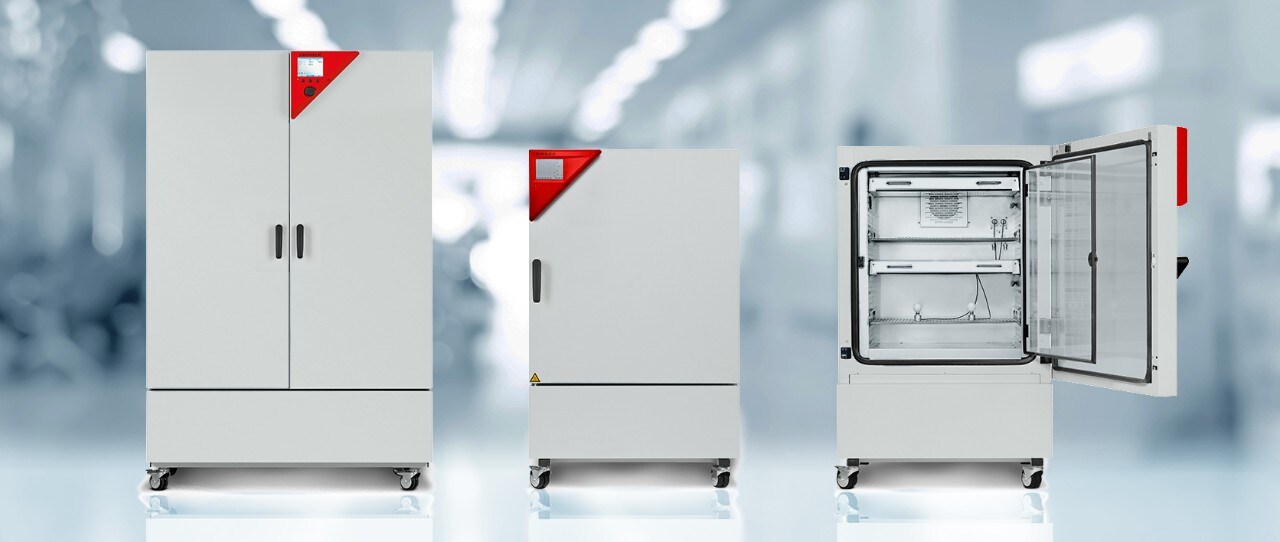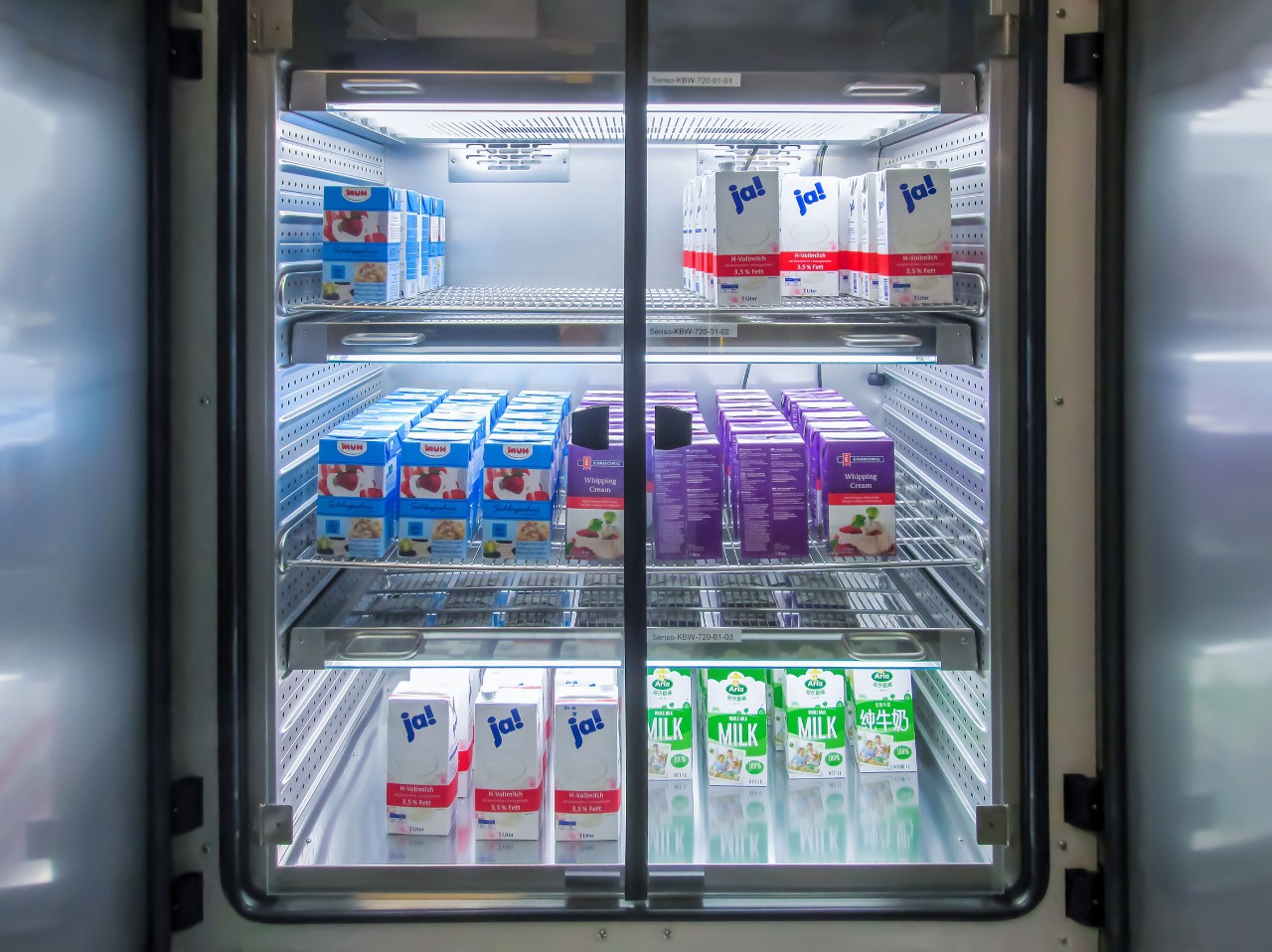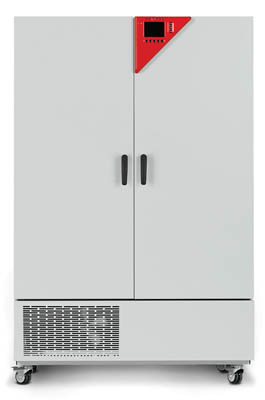Shelf-Life Testing to Reliably Determine Substance Lifespan
If you are not provided with a precise use-by-date, you may end up throwing away a perfectly good product before you need to, or selling one that is already past its best despite apparently not yet having reached its use-by-date. Stability tests are absolutely vital to avoid such problems.
Dairy Products Under Control
To assure high product quality, various dairy products undergo extensive quality testing procedures in the Own Food Sensor Technology Department of Arla Food Deutschland. “Reproducibility, reliability, and repeatability are all key considerations when it comes to applying and performing our methods. With this in mind, it is also essential to maintain the highest levels of accuracy to ensure processes can be repeated at any time,” explains Bettina Krämer, Senior Sensory Specialist at Arla's Consumer Central Europe (CCE) business unit.
Shelf-Life Test or Accelerated Aging Test
Simulation chambers are used for applications including stability and shelf-life tests on fresh milk and dairy products, and accelerated shelf-life tests (ASLT) on long-life products. As part of these testing processes, the laboratory uses both a KB Series Cooling Incubator and a KBW Series Growth Chamber with Light from BINDER™. In comparison to a shelf-life test, which simulates real-time storage conditions, an ASLT looks at stability and shelf-life under conditions including increased temperature for a shortened period of time.
"Packaging tests are also carried out in the simulation chambers in line with consumer behavior and distribution conditions."
Shelf-Life Testing with Exposure to Light
Certain areas of the light spectrum can affect product shelf-life and this is precisely where KBF LQC Humidity Test Chambers come into play with their unique lighting concept. The most important features are high temperature accuracy and homogeneous light distribution across the entire usable space. The latter is achieved with a patented diffuser in the illumination cassettes, in addition to patented, spherical light sensors for real measurements at sample level. The purpose and advantage of this application is to create standardized, reproducible conditions. “It is so important, not to mention extremely useful, to have the flexibility to program various different cycles – particularly in our line of work,” explains Bettina Krämer. “The range of temperature levels, humidity control, and automatic illumination shutdown mean the simulation chambers can be used in a wide variety of different applications to meet a whole host of customer requirements. This allows us to analyze the quality and stability of our products at every stage of the value chain,” she concludes.




